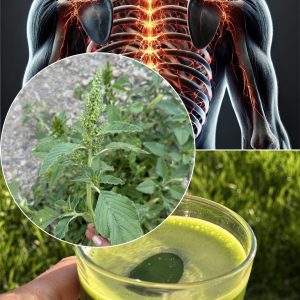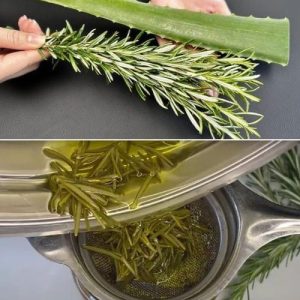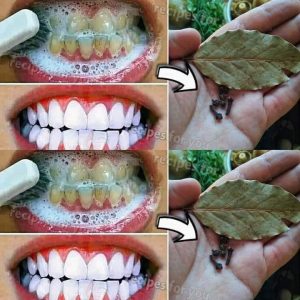Growing an almond tree from a seed at home can be a rewarding process that will provide you with a beautiful and fruitful tree after several years. Here’s a general guide on how to do it:
Step 1: Get Almond Seeds
- Selecting Seeds: Choose high-quality almonds that are raw, fresh, and unprocessed. You might use almonds directly from another tree or purchase raw, unprocessed, and untreated almonds.
- Stratification: Almond seeds need to be stratified (subjected to a cold treatment) to encourage germination. To do this, soak the almonds in water for 48 hours, then wrap them in a moist paper towel, place inside a plastic bag, and refrigerate for a few weeks.
Step 2: Planting the Seed
- When to Plant: Spring is the best time to plant almond seeds.
- Preparing the Soil: Almond trees prefer well-draining soil with a pH level of around 6-7.5. Enrich your planting area with compost.
- Planting Depth: Plant the seeds 2-3 inches deep in the soil and water it thoroughly.
- Location: Choose a sunny location, as almond trees require full sunlight to thrive.
Step 3: Caring for Your Almond Tree
- Watering: While the tree is young, ensure it gets regular water, especially in dry periods. Mature trees are quite drought-tolerant but will produce better with consistent watering.
- Pruning: In the initial years, focus on developing a strong, healthy framework for the tree. In subsequent years, prune to encourage sunlight and air circulation, which can minimize disease risk.
- Fertilizing: Use a balanced fertilizer to nourish the tree, especially during the growing season.
-
Step 4: Protecting the Tree
- Pests and Diseases: Keep an eye out for common pests like aphids and diseases like fungal infections. Employ preventative and curative measures as needed.
- Winter Protection: Young almond trees may need protection during harsh winters. Using mulch and protective wraps can help safeguard them from chilly winds and extreme cold.
Step 5: Harvesting Almonds
- Waiting Period: Almond trees will typically begin to produce nuts in the 3rd or 4th year, and reach full production after 5-6 years.
- Harvest Time: Almonds are typically ready to harvest late summer to early fall. The hulls will split and the shell will become visible.
- Drying: Once harvested, allow the almonds to dry in a cool, dry place for a week before storing them.
Step 6: Enjoying the Rewards
- Roasting and Eating: Roast your almonds for a tasty snack or use them in your cooking.
- Admiring the Blossoms: Almond trees provide beautiful blossoms in the spring, making them a lovely addition to your garden.
Final Thoughts:
Growing an almond tree requires patience but the results – in the form of delicious nuts and beautiful blossoms – are well worth the wait. Make sure to tend to the tree’s needs throughout its life and you’ll enjoy the bountiful rewards in the years to come.
Note: Always consider your local climate and consult with a local nursery or extension service to ensure that almonds are a suitable crop for your area.





